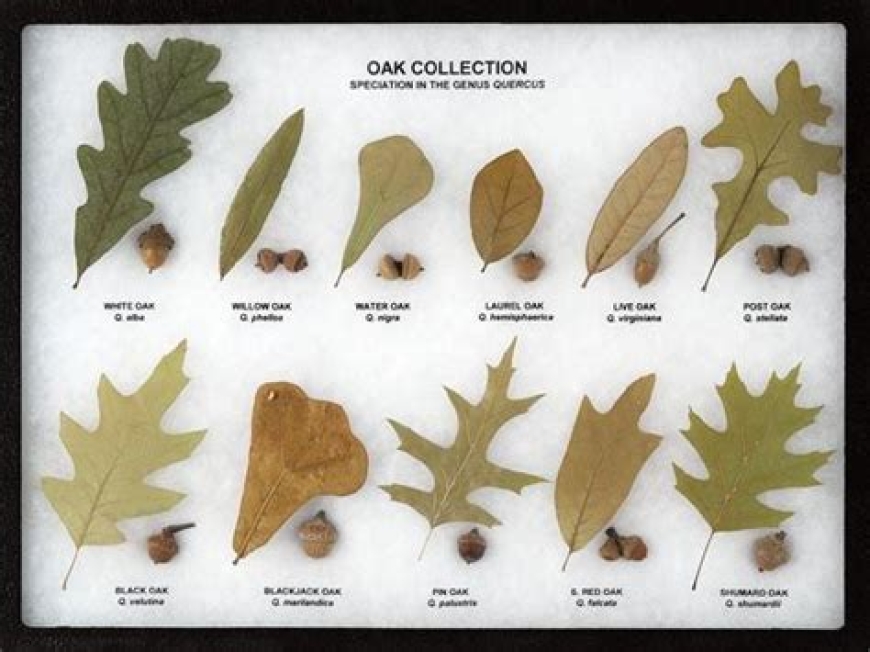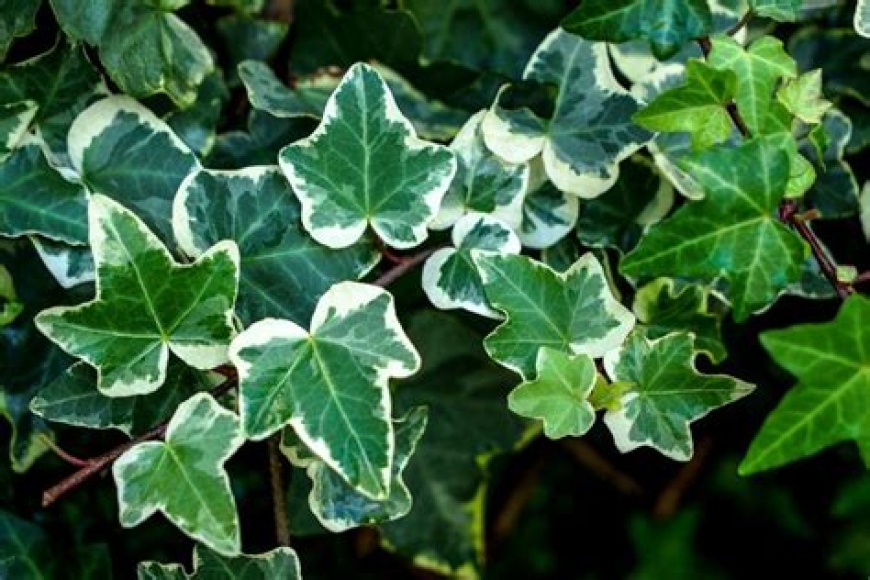



Adventure Tips for You and Your Pup!
Hiking isn't just for people. Many people are bringing their trusty companions with them on their adventures in the North Country environment and beyond. Hiking with your dogs is one of the most fun activities and a great way to get outdoors and bond with your beloved pets. We all want what is best for our dogs, which includes hiking safety! Knowing some plant identification could save your dog's life, and your pocket. Trail etiquette is another big part of hiking with (or without) your dogs and you always want to be respectful of not only nature and the wildlife in it, but also the people that are recreating alongside you.
When you are going on a thrilling adventure with your pup there are some simple things to ensure both of you enjoy the outdoors and stay safe. A good acronym to remember is BARK. BARK outlines 4 essential things to remember when venturing into the great outdoors. The first is the B, bag waste. This is not only being respectful and picking up after oneself but also practicing LNT (Leave No Trace). Even though your dog's waste is compostable and will eventually break down, it was not there when you arrived so it shouldn't be there when you leave. Even when the poop breaks down, the bacteria and parasites in it won’t. Plus, if everyone left their dogs waste on the trails, our trails would get pretty gross. The next letter in our acronym is A, which stands for always keeping a leash nearby. We are visitors in the wild, and we need to be respectful of other people and animals. Keeping your dog on a leash if needed is crucial to making sure everyone is comfortable in the outdoors. This also relates to knowing where your dog is or isn't allowed off-leash. Sometimes specific areas in the woods are protected, either because of the wildlife, flora, or for other reasons determined by those managing the region. Respecting these protected areas is important, which leads us into R. R is to respect the wildlife, we are in the animal's home and need to respect their habitat, and we need to make sure we are keeping the animals safe in their homes. Dogs can disturb wildlife whether they mean to or not, sometimes they can come upon a den or chase an animal out of its den, and plus respecting wildlife can help protect your dogs too- no pup wants a snout full of porcupine quills. Finally K, know where you are going. This may go without saying, but being knowledgeable about trail conditions, length and other details helps ensure you and your dogs safety and makes your adventure more enjoyable. Something else to make sure of when hiking and adventuring with dogs is to have supplies for them, like food, water, or treats. Even if you aren't planning on being out for a long period, having the resources for your dog can ensure that they are happy and healthy.
So remember:
Bag waste!
Always keep the leash nearby!
Respect wildlife!
Know where you’re going!
Next, we are going to be looking into some of the plants that are poisonous for dogs.. While not all plants have the same severity of danger, it is good to know what plants are in your area and what plants are potentially harmful. While it can be hard to manage and know everything your dog is eating, having an idea of what to look out for can help prevent some accidents. Trees are abundant outdoors, but also the tree’s acorns. Acorns and oak leaves can be highly toxic for your dogs because of the higher degree of tannins that oak contains. Oak trees grow all around the North Country so they can be hard to avoid. It is hard for dogs to digest and break them down which is why they get sick. If you find your dog eating or digging near an oak tree, just be aware of the possibility they could be eating acorns. Every dog is different and the size of your dog can predict how they might react to ingesting acorns or acorn leaves. Smaller dogs might get more sick as opposed to larger dogs, who might just have a mild stomach ache.
English ivy is also a really dangerous plant not just for humans but also for your pets, specifically you dogs. There are two toxins within English ivy that can irritate the skin and mucus if chewed and or swallowed. All parts of the plant contain the toxic but the leaves are where the toxins are highly concentrated. Like oak trees, poison ivy is not always life threatening but it can make your dog pretty sick. Eating the leaves can cause gastrointestinal issues, like vomiting and diarrhea. The leaves can also cause a rash upon contact with skin. The oils from the leaves can also stick to the fur of your dogs, so if you do suspect that your dog has rolled or ingested english ivy it might be a good idea to give them a bath with dish soap after your adventure.
Sometimes it can be hard to know where to hike with your dogs, so below you’ll find some good hikes in the Adirondacks for you and your pup to enjoy. For smaller dogs I suggest Baxter Mountain, which is just outside of the Keene Valley, Big and Little Crow, which is only a 10 minutes drive outside of Keene, Mt. Jo which is located at the LOJ outside of lake placid, Cranberry Lake, which has lots of flat but long trails. For bigger dogs any of the 46ers can be a good option but if opting for smaller ones, I suggest Hurricane Mountain which is again right outside of Keene, across from the Crow trailhead. Another good hike for dogs of any size is Ampersand Mountain, Noonmark, and if you are not feeling like hiking mountains there are plenty of trails near and around Keene Valley and Lake Placid where dogs are allowed. And as much as we love the Adirondack region, if you’re looking for something a little closer to home there is Stone Valley in Colton, Remington Recreation Trail in Canton, or Lampson Falls in Clare are all great options for a beautiful hike. There are also the trails on the St. Lawrence property, like the Kip Trail as well as the Saddlemire trail. Both of which are easy to access and can be an excellent choice for you and your pup!
Remember to have fun, and stay safe and respectful of the outdoors and others. If you ever feel like sharing your adventures you can post Encounters on the Nature Up North Website. Happy Trails!
This blog was written by Spring '23 Community Based Learning student in the First-Year Seminar Class "From Farmyard to Pets" taught by Karen Gibson.

